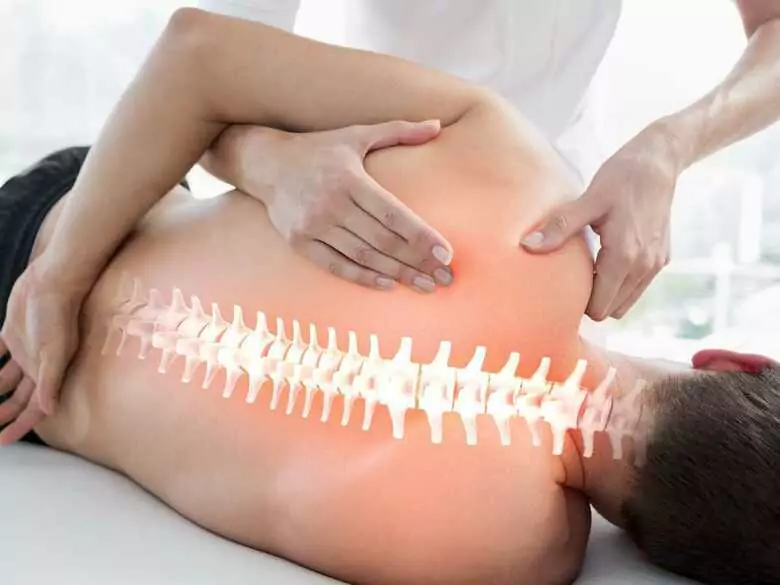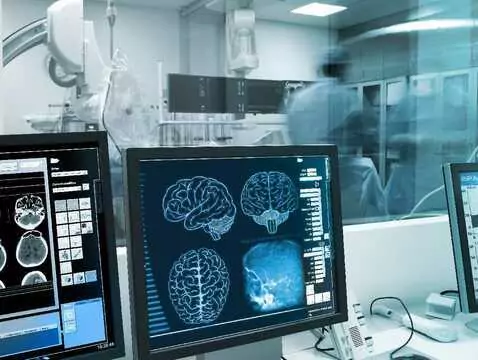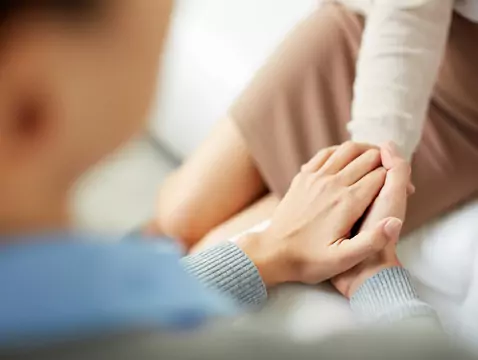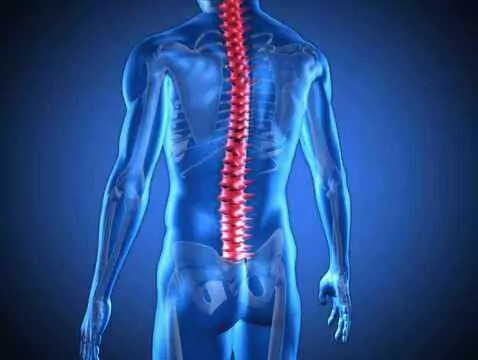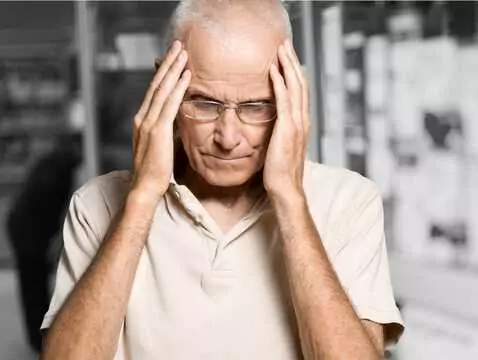A healthy spine plays a very important role in the proper and efficient functioning of every human being. It provides support for the entire skeleton, so its function is invaluable.
Spinal deformities
Many patients are unaware that they have various types of spinal deformities. They become aware of this fact at the time of a review chest X-ray or when they are admitted to hospital with severe spinal pain or damage. In many cases, the patient can continue to function normally with the detected deformities in other cases, such as congenital spinal defects, further diagnosis and/or treatment is required. Deformities, otherwise known as spinal deformities, can be divided into:
- Kyphosis, which is nothing more than a visible bending of the spine backwards. It happens to be visible in the thoracic spine, but is not counted as a deformity
- Scoliosis, a pathological bending of the spine to the side
- Hyperlordosis, which can occur physiologically in two sections of the spine (cervical and lumbar) and is a forward protrusion of the spine
- A combination of kyphosis and scoliosis, or so-called kyphoscoliosis

photo: pantherstock
Some deformities require surgery, with others the patient is able to function normally and efficiently. People suffering from spinal deformities often benefit from various treatments (massages, exercises, water activities). In some cases, it is necessary to include pharmacological agents during severe pain.

